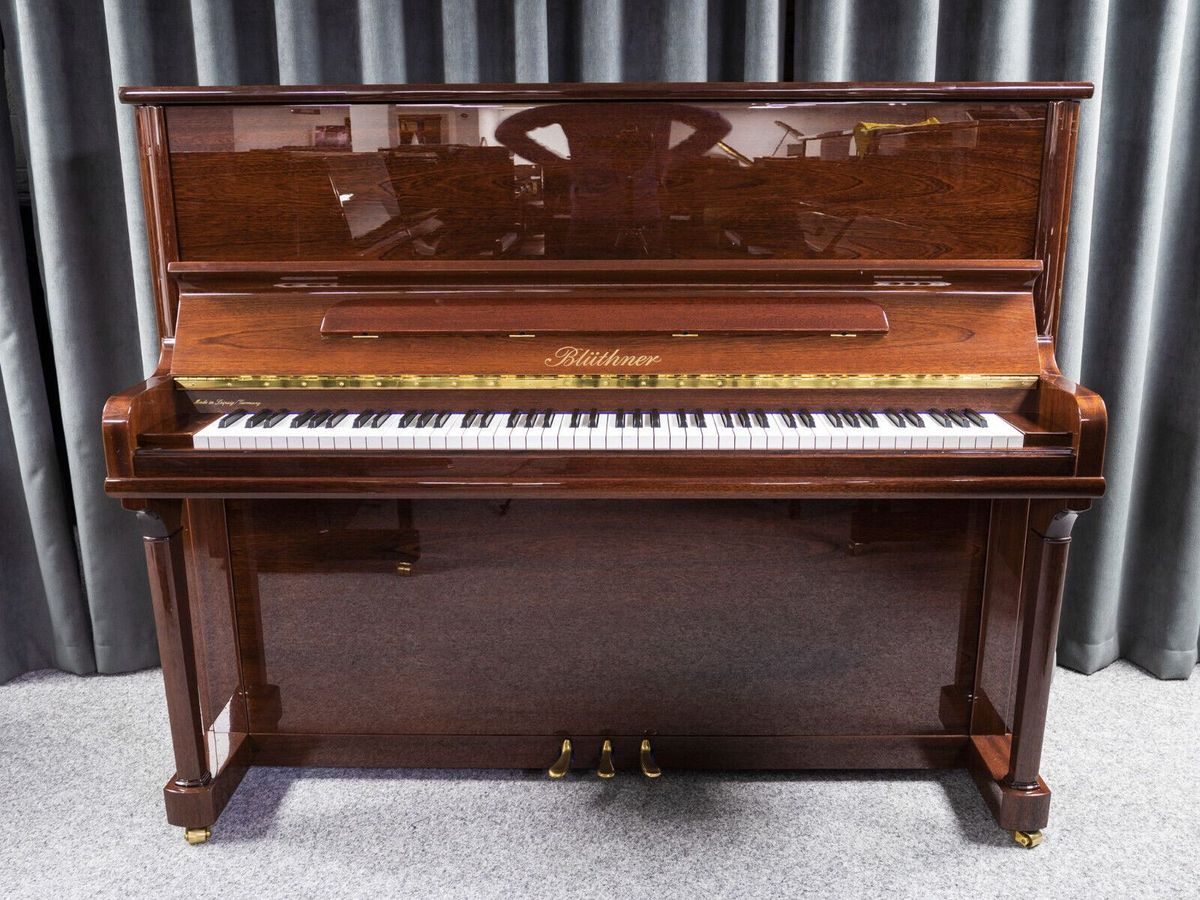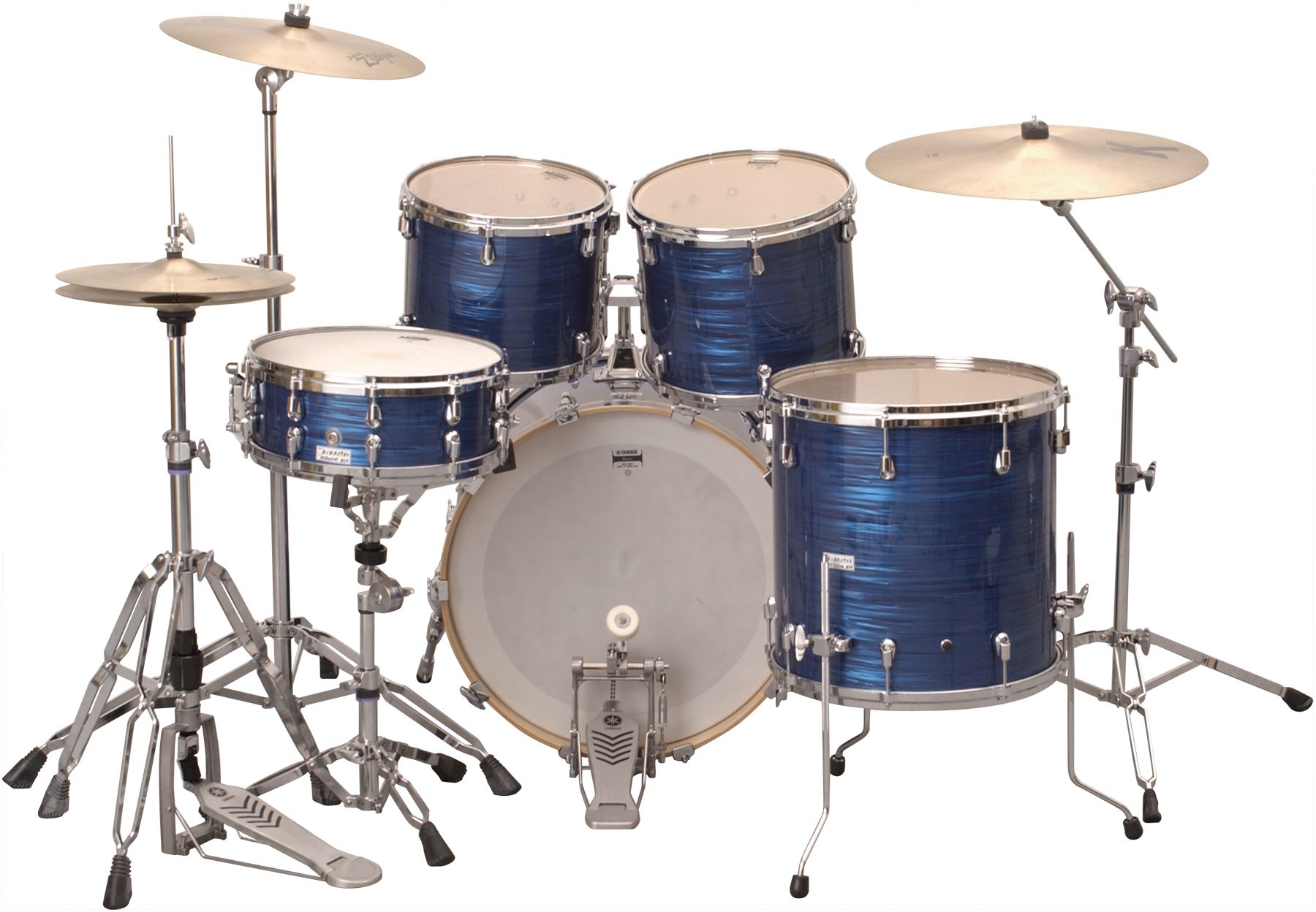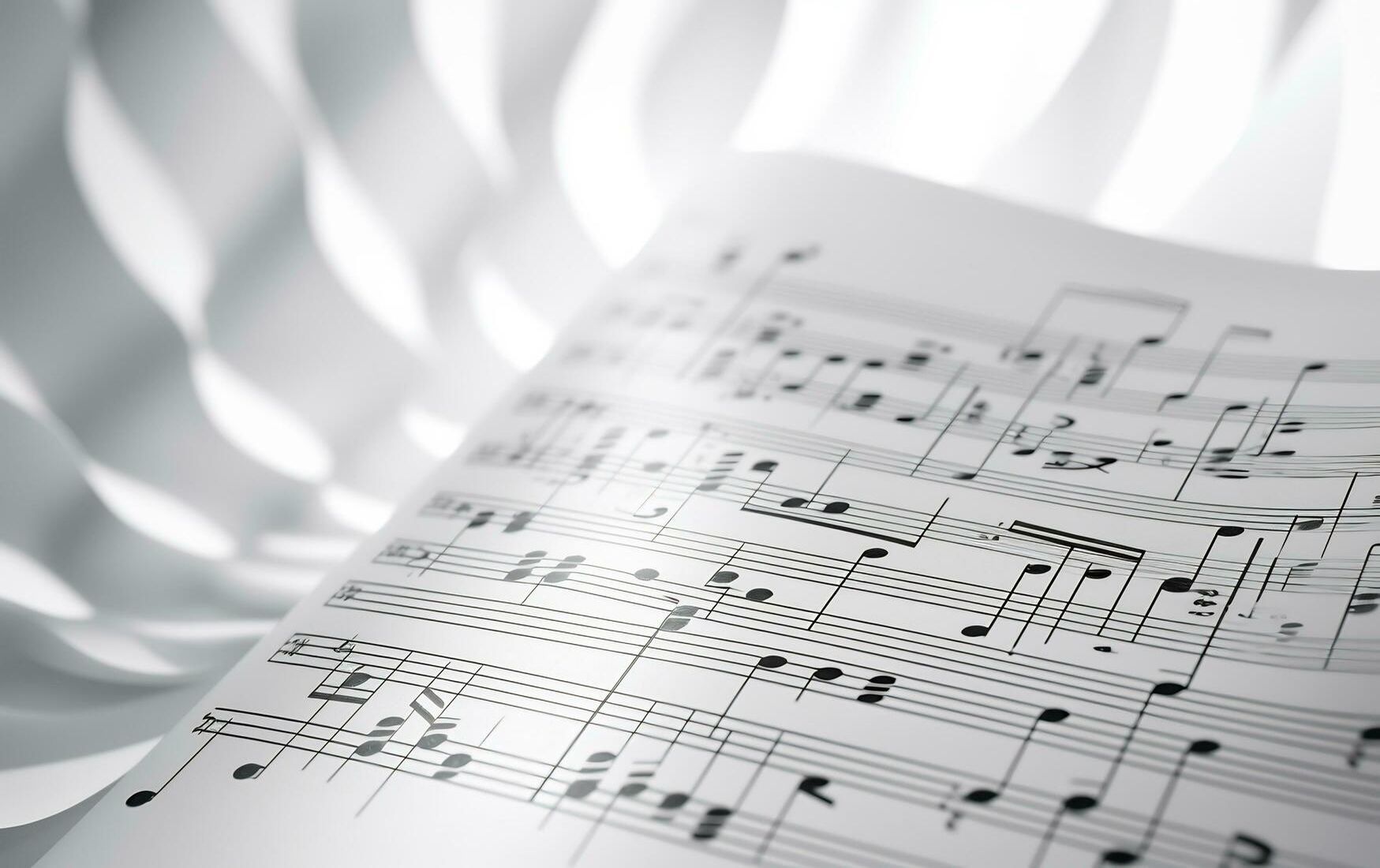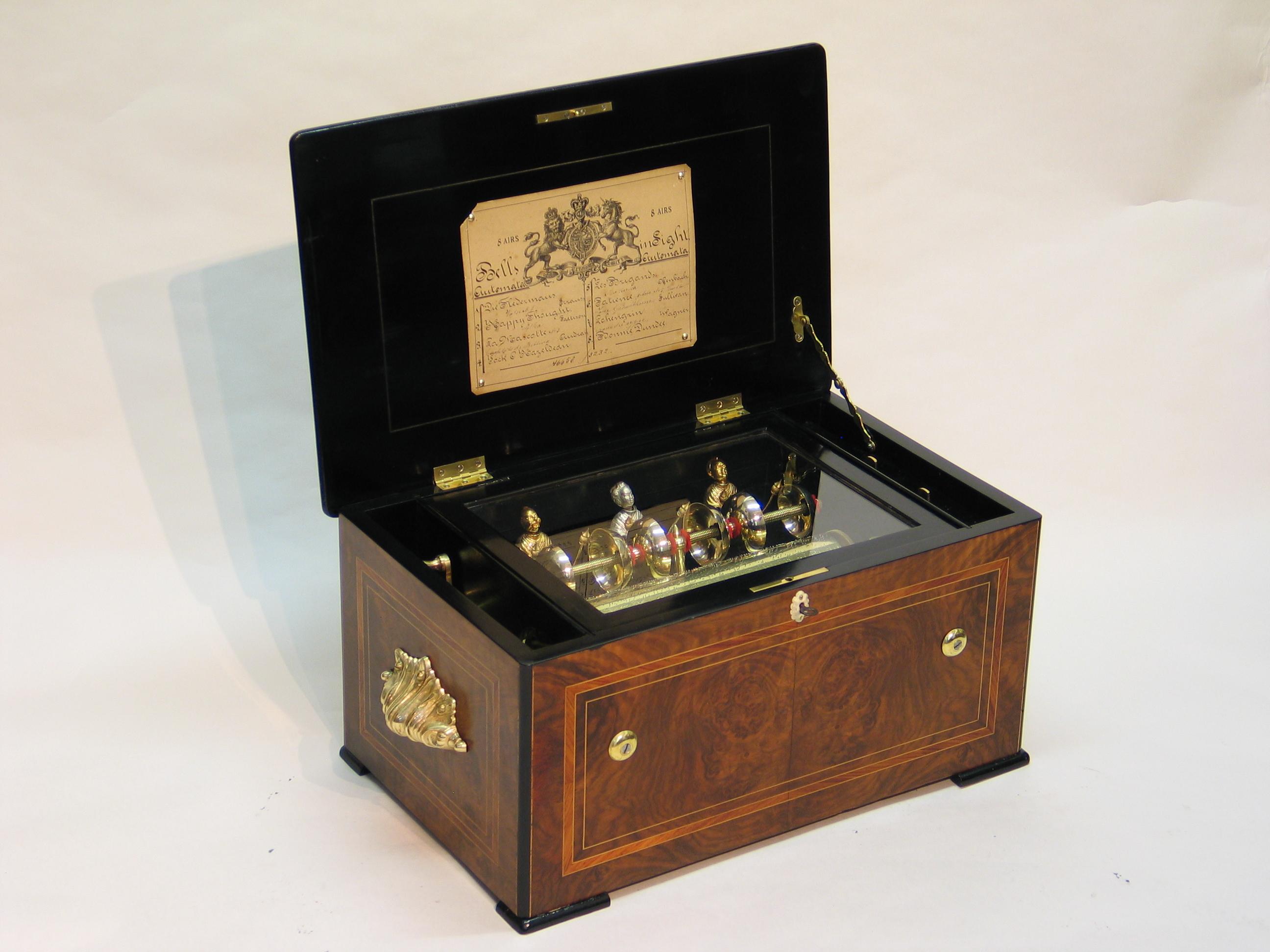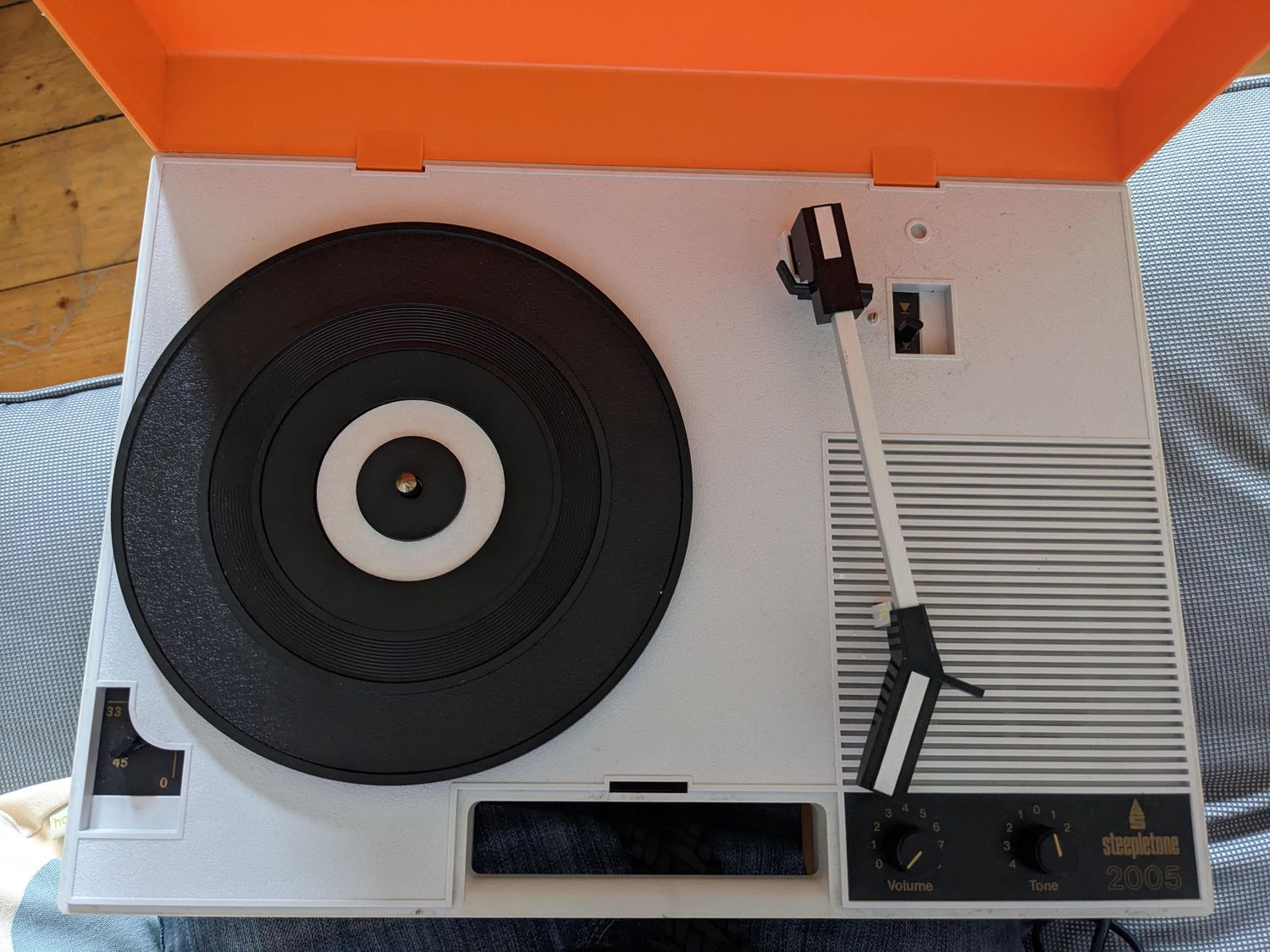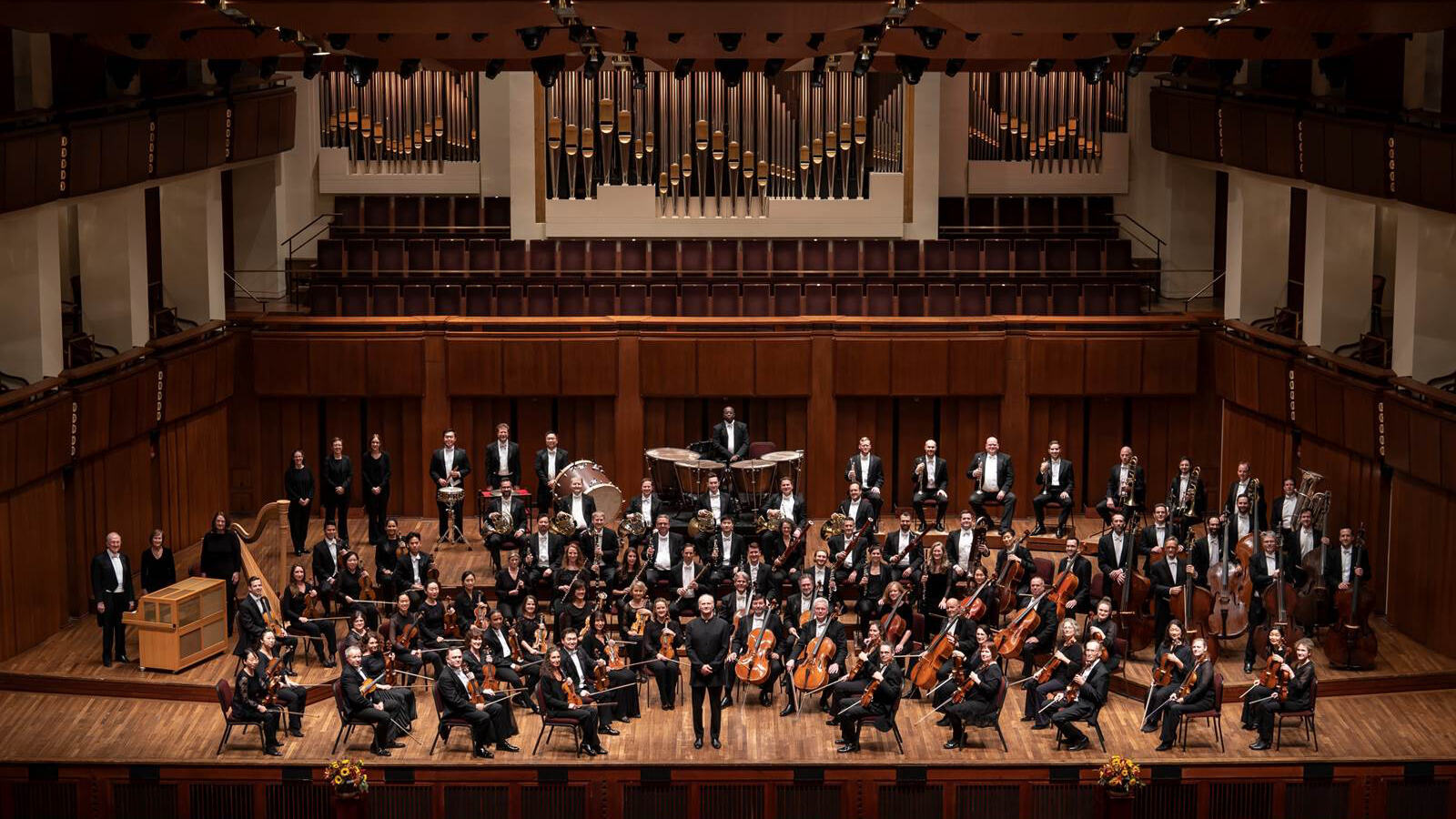Home>Instruments>Drums>What Are The Big Japanese Drums Called
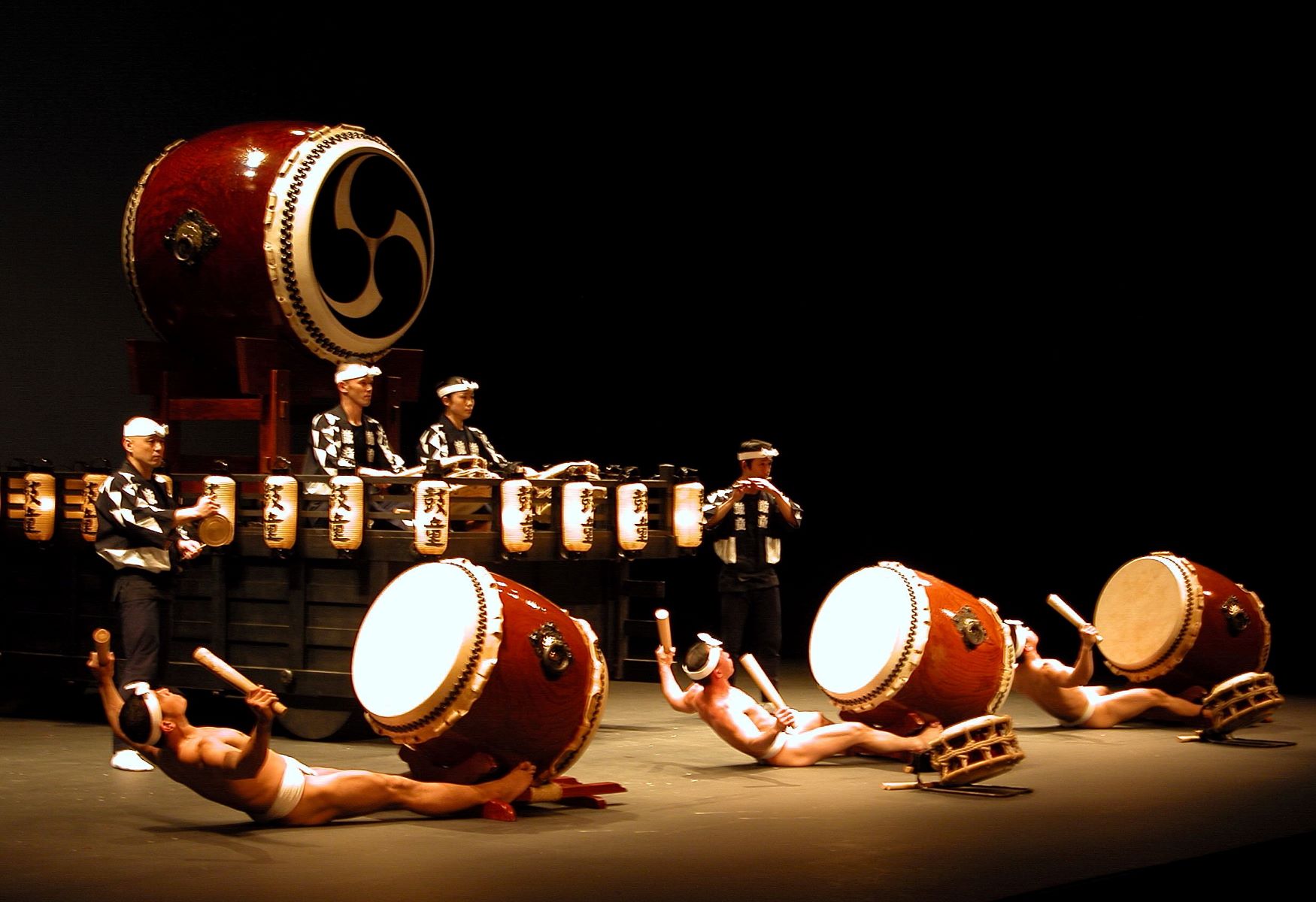

Drums
What Are The Big Japanese Drums Called
Published: February 9, 2024
Discover the powerful sound of traditional Japanese drums, known as "taiko," and learn about their significance and cultural impact. Explore the history and artistry of these iconic instruments.
(Many of the links in this article redirect to a specific reviewed product. Your purchase of these products through affiliate links helps to generate commission for AudioLover.com, at no extra cost. Learn more)
Table of Contents
Introduction
Big Japanese drums, known for their powerful and resonant sounds, hold a significant place in Japanese culture and traditional music. These drums, often referred to as "taiko," are not only musical instruments but also symbols of strength, unity, and cultural heritage. The deep, thunderous reverberations of these drums have the ability to captivate audiences and evoke a sense of awe and energy.
In this article, we will delve into the captivating world of big Japanese drums, exploring their history, various types, and their significance in Japanese culture and beyond. From their ancient origins to their modern-day applications, these drums continue to play a vital role in traditional Japanese music, festivals, and even contemporary performances.
The allure of big Japanese drums extends far beyond their musical prowess; it encompasses elements of discipline, teamwork, and a deep-rooted connection to the past. As we embark on this rhythmic journey, we will uncover the cultural significance and enduring appeal of these majestic instruments, shedding light on their enduring legacy and the profound impact they have had on music and cultural expression.
Join us as we embark on a rhythmic adventure through the captivating world of big Japanese drums, where tradition and innovation converge to create an experience that resonates deeply with audiences around the globe.
History of Japanese Drums
The history of Japanese drums, or "taiko," dates back over a thousand years and is deeply intertwined with the cultural tapestry of Japan. The origins of taiko can be traced to ancient rituals, religious ceremonies, and communal gatherings, where the rhythmic beats of the drums served as a means of communication, celebration, and spiritual connection.
Early Japanese drums were crafted from natural materials such as animal skins, wood, and metal, reflecting the resourcefulness and ingenuity of the ancient craftsmen. These drums were not only musical instruments but also revered objects with symbolic and spiritual significance, often associated with deities and ancestral worship.
Throughout history, Japanese drums evolved in tandem with the country’s social, religious, and artistic developments. They became integral components of various traditional performing arts, including Noh and Kabuki theater, where they provided rhythmic accompaniment and heightened the dramatic impact of the performances.
During the feudal era, taiko drums found a place in military settings, where they were used to convey commands, boost morale, and intimidate enemies on the battlefield. The thunderous resonance of the drums instilled a sense of unity and determination among the warriors, shaping the martial spirit of the samurai and leaving an indelible mark on Japanese military history.
While the role of Japanese drums has evolved over the centuries, their cultural significance has remained steadfast. In modern times, taiko ensembles have gained widespread popularity both in Japan and internationally, captivating audiences with their dynamic performances and preserving the rich traditions of Japanese drumming.
Through the ages, Japanese drums have transcended their original functions, transforming into symbols of cultural identity, artistic expression, and communal harmony. Their enduring legacy continues to thrive, resonating across generations and bridging the past with the present.
Types of Big Japanese Drums
Big Japanese drums, or "taiko," encompass a diverse array of drum types, each with its own unique characteristics, history, and cultural significance. These drums vary in size, shape, and playing technique, offering a rich tapestry of rhythmic possibilities that have captivated audiences for centuries.
One of the most iconic types of Japanese drums is the "Odaiko," a massive drum that commands attention with its imposing size and deep, resonant tones. Traditionally constructed from a single hollowed-out tree trunk and adorned with intricate designs, the Odaiko embodies strength, power, and a profound connection to nature.
Another prominent member of the taiko family is the "Nagado-daiko," characterized by its cylindrical shape and versatile playing techniques. This drum is often featured in ensemble performances, where its rhythmic patterns and melodic accents contribute to the dynamic interplay of sounds within the ensemble.
The "Shime-daiko," a smaller yet equally vibrant drum, is renowned for its tight, high-pitched sound and is often used to maintain the pulse and rhythmic precision within taiko ensembles. Its lively and punctuated beats add a layer of complexity and energy to the overall sonic landscape.
Furthermore, the "Hira-daiko," with its flat, round shape, offers a melodic and resonant quality that enriches the tonal palette of taiko performances. Its broad surface allows for a wide range of playing techniques, making it a versatile and essential component of traditional and contemporary taiko compositions.
Each type of big Japanese drum possesses its own distinct voice and character, contributing to the rich tapestry of sounds that define the world of taiko. Whether through the thunderous reverberations of the Odaiko or the intricate rhythms of the Shime-daiko, these drums collectively embody the spirit, tradition, and innovation of Japanese percussion artistry.
How Big Japanese Drums Are Used
The utilization of big Japanese drums, or "taiko," extends beyond mere musical performances; it encompasses a wide spectrum of cultural, social, and artistic expressions that resonate deeply with audiences worldwide. From traditional festivals to contemporary stage productions, the presence of taiko drums enriches diverse settings with their commanding presence and rhythmic vitality.
Traditional Japanese festivals, or "matsuri," serve as vibrant showcases for the dynamic and awe-inspiring performances of taiko ensembles. The thunderous beats of the drums reverberate through the air, infusing the festivities with an electrifying energy that unites participants and spectators in a shared celebration of community and tradition.
Furthermore, taiko performances are integral to various traditional performing arts, including Noh and Kabuki theater, where they serve as a driving force behind the dramatic narratives, heightening emotional intensity and adding a layer of rhythmic complexity to the storytelling. The synergy between the movements of the performers and the resounding beats of the drums creates a multisensory experience that captivates audiences and brings the theatrical productions to life.
In contemporary contexts, big Japanese drums have found their place in modern music, film scores, and even collaborative projects with artists from diverse cultural backgrounds. Their versatility and evocative power make them invaluable assets in creating immersive and impactful sonic experiences that transcend cultural boundaries.
Beyond their artistic applications, taiko drums also play a role in fostering community bonds and promoting physical and mental well-being. Taiko workshops and classes offer participants the opportunity to engage in a collective and invigorating form of musical expression, promoting teamwork, discipline, and a sense of shared accomplishment.
Moreover, the rhythmic and physical demands of playing taiko drums contribute to a holistic approach to wellness, promoting cardiovascular health, coordination, and mindfulness. The act of striking the drums in unison fosters a deep sense of connection and harmony, transcending individual efforts to create a unified and powerful rhythmic force.
From ancient rituals to modern-day collaborations, big Japanese drums continue to resonate with audiences across the globe, transcending cultural and linguistic barriers to evoke emotions, inspire creativity, and forge connections that endure through the ages.
Conclusion
The world of big Japanese drums, with its rich history, diverse drum types, and multifaceted applications, stands as a testament to the enduring power of rhythmic expression and cultural resonance. From their ancient origins as sacred instruments to their contemporary prominence on global stages, these drums have left an indelible mark on the cultural landscape, captivating audiences and fostering a deep sense of connection and unity.
Throughout history, the rhythmic heartbeat of taiko drums has echoed through the annals of Japanese tradition, infusing rituals, ceremonies, and performances with an electrifying energy that transcends time and space. The thunderous reverberations of the Odaiko, the intricate rhythms of the Shime-daiko, and the melodic resonance of the Hira-daiko collectively embody the essence of Japanese percussion artistry, weaving a captivating tapestry of sound and spirit.
Furthermore, the enduring appeal of big Japanese drums lies not only in their musical prowess but also in their ability to foster community bonds, promote physical well-being, and inspire artistic innovation. Whether resounding through traditional festivals, enhancing theatrical productions, or transcending cultural boundaries in collaborative projects, the taiko drums continue to serve as ambassadors of cultural heritage and agents of creative expression.
As we embark on a rhythmic journey through the captivating world of big Japanese drums, we bear witness to the profound impact of these instruments on the human experience. Their thunderous beats echo the resilience and spirit of a vibrant culture, their melodic tones resonate with the harmony of communal unity, and their enduring legacy transcends borders, inviting audiences from all walks of life to partake in the timeless artistry of taiko.
In essence, big Japanese drums stand as symbols of strength, tradition, and the boundless potential of rhythmic expression, inviting us to embrace the power of music as a conduit for cultural understanding, artistic innovation, and shared human experiences. As the resounding echoes of the taiko drums continue to reverberate through the ages, they remind us of the unifying force of rhythm and the timeless allure of cultural traditions that transcend generations.

